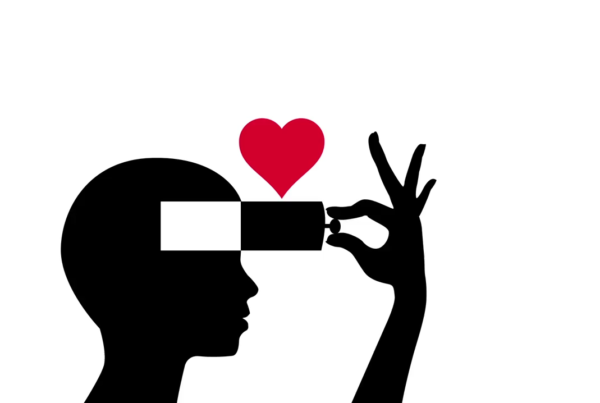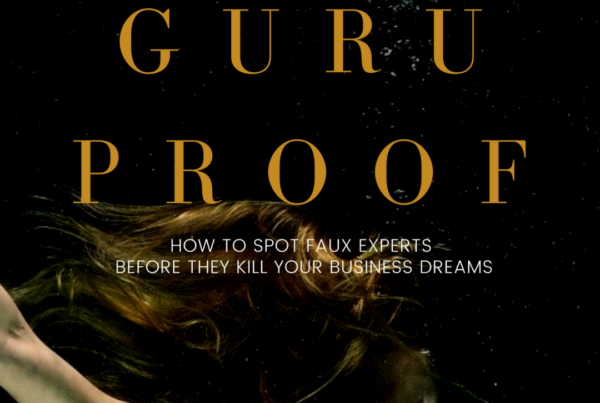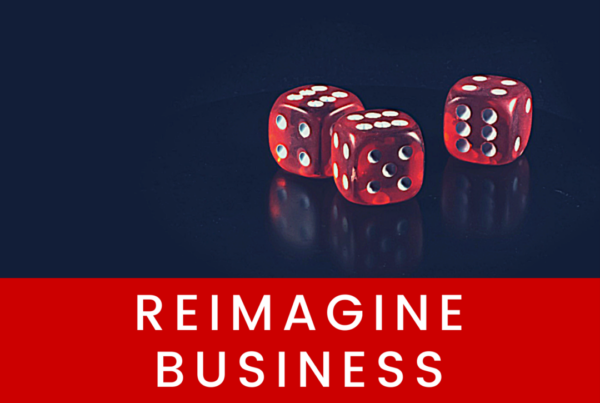
Use colour consciously to communicate your brand promise.
Once you have answered all the key questions about what you want your brand to communicate to your target audience you should have a clear picture of what you want your brand to stand for. Now it’s time to reward yourself with some of the more fun aspects of creating a brand. One of these is choosing the signature colours you’ll use to express its personality.
There are many tools you can use to help with this. One of my favourites is Color Hunter. On this web site you’ll find many pre-defined colour-coordinated palettes organized by themes complete with their corresponding HTML codes. But what you can also do is upload your headshot (or any other photo) as an inspirational image and let the computer generate a custom palette for you.
In fact, that is how I selected our first colour palette for Smartstart. This is what it looked like.
When the results come back, you can toggle between a light and dark version of your custom colour palette that coordinates with the uploaded image. The best part is, all of the options are perfectly matched and balanced to be complementary – there’s no guesswork that might say “amateur” when you apply it to your web site and products.
Once you have a set of colours you like, decide how you want to use them in terms of your packaging, titles and so on. Play with the options until you have something you like and resonate with.
If you don’t have a favourite colour to use as a starting point and no personal photos that you like, take a look back at your list of adjectives and nouns you put together that describe your brand and what it stands for. Choose the words that mean most to you, then check out a chakra color chart or use the science of colour psychology to match your definitions to the colours associated with those words.
You can also cruise the internet looking for images that capture the essence of what you want to communicate and load those into the tool for generating even more options.
This exercise will open whole new worlds of colour to you because what the computer sees in the photo is different from what you see. Fair warning though, this activity is highly addictive (but a ton of fun).
One of the benefits of approaching colour selection this way is you’ll feel much more connected to your choices than if they were just presented out of the blue by your graphic designer. At the same time, you’ll enhance your understanding of how colour influences customer response. Experiment!
One more thing to think about. Once you have a colour palette you like, you’ll need to go to a colour conversion web site to get the RGB codes that match your HTML codes. You need to use RGB format to set these colours in your desktop applications, e.g., Word or PowerPoint, if you are creating abranded ebook or presentation. (There are many of these tools available as well but I’ve linked to one of my favourites that does it all!)
Your final step is to get the nearest web safe equivalent for your HTML colour codes. A web safe colour renders the same on all browsers and there are a limited number of these. However, working from your master colour palette you’ll be well on your way to a professional result every time.



